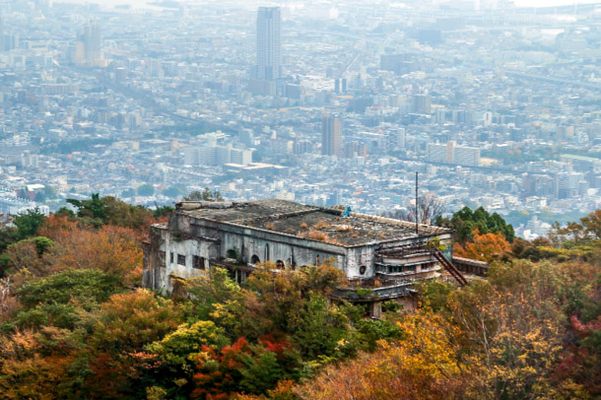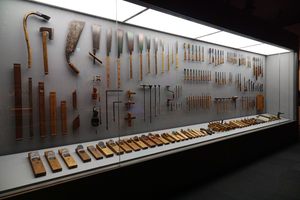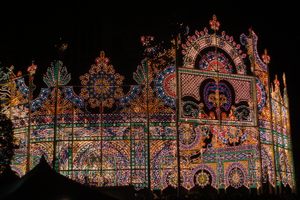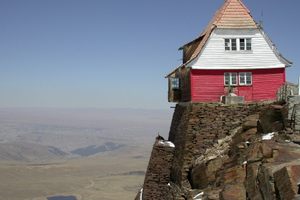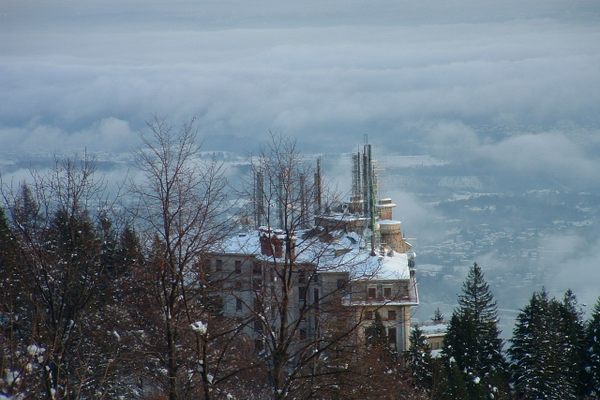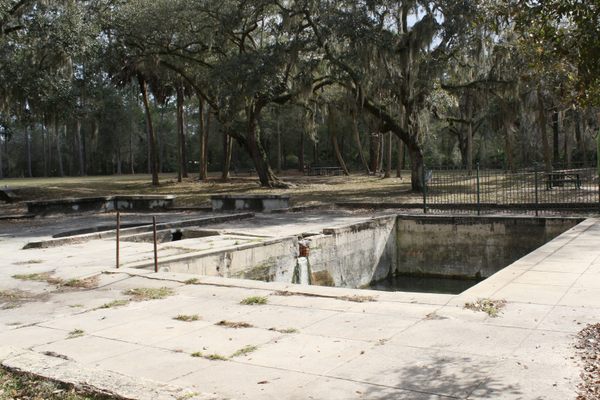About
The hotel perched on the side of Mount Maya has been reborn and abandoned multiple times over the course of its life.
Built in 1929, the Maya Hotel is a fantastic example of Japan’s pre-World War II craze for Western Art Deco architecture. But despite the hotel’s extravagance and style, it was later put toward a more practical wartime purpose.
During the war, the hotel’s roof was loaded up with anti-aircraft guns and used to defend Kobe. The city, like Osaka and Tokyo, was heavily bombed and mostly destroyed. The hotel, as a converted military target, was damaged in the raids.
After the war, the city sold the hotel to a private owner. The hotel was repaired and reopened for business in 1961. However, in 1967, a typhoon and mudslide greatly damaged the building once more and its doors were shuttered again.
The hotel got one last chance in 1974, when it was repaired (again) and reborn as the Maya Student Center. It never took off as a student center, though. It was rarely used and the final nail in the coffin came in 1995 when the Great Awaji Earthquake, which killed more than 6,000 people, badly damaged the grand old building once more. The hotel was sealed up and the hiking trails leading to it fell into disuse.
However, a beautiful building with such a tumultuous history wouldn’t stay forgotten for long. The Maya Hotel is now one of Japan’s most iconic haikyo (abandoned place). It has been used as a filming location for various music videos and TV episodes. One of which, in fact, brought in an authentic B-29 Superfortress tire for a war scene and left it there. The tire can still be found today.
Related Tags
Know Before You Go
For safety reasons, it's best to stick to admiring the old hotel from the outside.
The cable car which runs nearby along the mountain is still in use, so if you wish to visit, its best to arrive before 8 a.m. That way, you wont have cable car passengers passing overhead and staring at you the whole time. The trail leading to the hotel is unmarked and very difficult to find. From Hankyu Rokko station, walk 10 minutes to Nadamaruyama Park before heading uphill. The trail turns off and goes steeply up behind a wooden fence.
Hidden Japan: Sado Island, Nara & Kyoto
Explore a different side of Japan.
Book NowCommunity Contributors
Added By
Published
December 27, 2018
